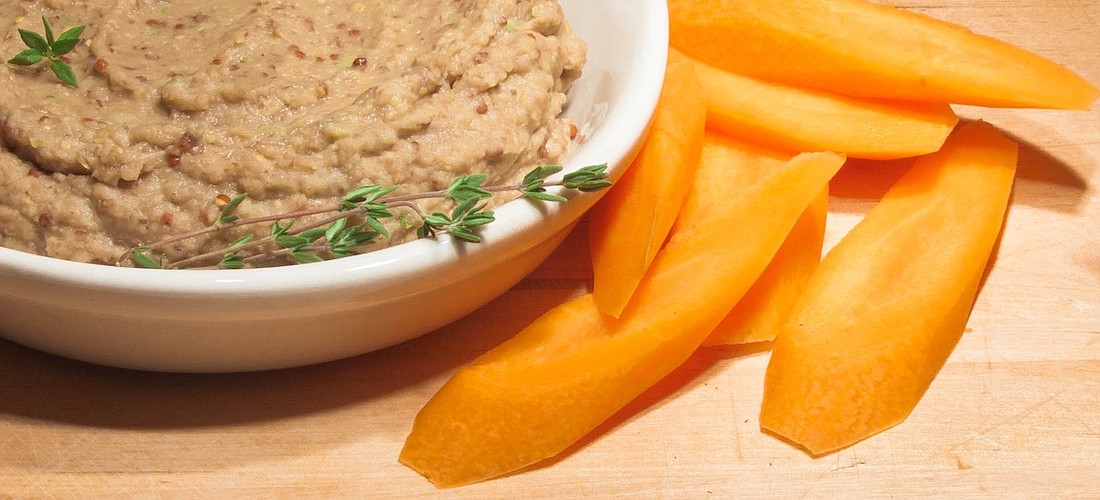The Anatomy of Heartburn
January 1, 2016 at 7:51 p.m.
Heartburn, the main symptom of gastro-esophageal reflux disease (GERD), is so common it needs no introduction. Perhaps it showed up at a recent holiday dinner. Although GERD can be a stubborn condition requiring medication, it is influenced by several lifestyle and dietary habits. These modifiable risks are worth exploring if they can relieve symptoms or lessen the need for medications. Let’s review the anatomy of GERD and related therapeutic possibilities.
Acid reflux is a failure of the lower esophageal sphincter (LES). The LES is a thick collar of muscle, which squeezes shut to separate the esophagus from the incredibly caustic contents of the stomach. When the LES functions properly, constant tone seals out the stomach contents. It relaxes only briefly to let food pass after swallowing.
Overeating is a common cause of LES failure and heartburn. Imagine the stomach as a balloon, and the LES as the neck of that balloon. As the balloon inflates, the neck gets shorter. The same happens to the LES as the stomach distends upon eating a large meal. A shortened LES exerts less squeezing pressure, and is more likely to give way to stomach acid. Smaller, more frequent meals may relie ve symptoms for some GERD sufferers.
The LES also fails when abdominal pressure below is too great. Such pressure could be due to a full, bloated stomach, excess abdominal fat or clothing that squeezes the waist. This extra pressure can breach the LES levy, allowing acid to wash up into the delicate esophagus. If you suffer from GERD, you may have noticed a relationship between your symptoms and some of these factors. Relieving abdominal pressure through weight loss or other means, including proper posture and relaxation during meals, may alleviate reflux.
A third contributor to LES failure is insufficient LES muscle tone. LES tone is partially set by digestive hormones. High protein meals, for example, increase tone by triggering release of gastrin, a hormone that increases GI movement. High fat meals, on the other hand, decrease tone. (Fats also stay in the stomach longer, so greasy meals increase chance of reflux in two ways.) Foods that decrease LES tone include chocolate, caffeine, mint and alcohol. If such foods or high-fat meals are part of your routine, try to limit or even eliminate them. Some medications reduce tone as well, causing GERD symptoms; calcium channel blockers and Ambien are examples. If you have questions about your medications, ask your doctor.
To improve tone, why not exercise the LES? The LES is located where the esophagus passes through the diaphragm. Breathing exercises that strengthen this muscle, which hug the LES, could possibly improve the LES’s function. In a study published by Nature in 2012, participants who practiced abdominal breathing exercises had less reflux after four weeks. They also reported higher quality of life and less reliance on proton pump inhibitors (PPIs), a welcome finding.
PPIs lower stomach acidity, and though frequently prescribed, reliance on them should be minimized. Most GERD patients have normal levels of stomach acid, and while lowering stomach acidity offers relief from burning sensations, it also inhibits digestion of nutrients, including iron and B-12. PPIs don’t cure GERD, and their long-term use has serious side effects, including increased risk of hip fracture.
Maintaining the LES is just one aspect of treating GERD. Another is healing inflamed, damaged tissues in the esophagus. Licorice, fennel, turmeric and ginger are anti-inflammatory herbs with long histories of such use.
One-third of Americans experience heartburn at least once a month, and each case has a unique set of causes and triggers. Weight loss, lifestyle change and the identification of triggers take substantial, systematic effort, and do not guarantee results. But the complications of long-standing GERD and the side effects of long-term PPI use compel us to try. Even if these efforts don’t cure GERD, lifestyle changes may boast worthwhile side effects of their own: increased self-awareness and overall health.
Reviewed by Cristen L. Harris, PhD, RDN. Non-profit, accredited Bastyr University (Bastyr.edu) offers multiple degrees in the natural health sciences, and clinical training at Bastyr Center for Natural Health (BastyrCenter.org), the region’s largest natural medicine clinic.
Gingered Lentil Sandwich Spread
Smear this spread on whole wheat bread and greens for a protein-rich lunch, enlivened by anti-inflammatory ginger.
10 minutes
Yield: 2 cups
Ingredients
2 cups cooked lentils
2 tablespoons extra-virgin olive oil
2 teaspoons grated ginger
1 tablespoon whole grain mustard
3 mushrooms, sliced
2 scallions, sliced
½ teaspoon sea salt
¼ cup water
Procedure
Put cooked lentils and all other ingredients in food processor or blender; blend until smooth. If using a blender, blend ¼ of the mixture, then add the rest a little at a time. Will keep in the refrigerator for several days.
Reprinted with permission from Feeding the Whole Family by Cynthia Lair (Sasquatch Books, 2008)





